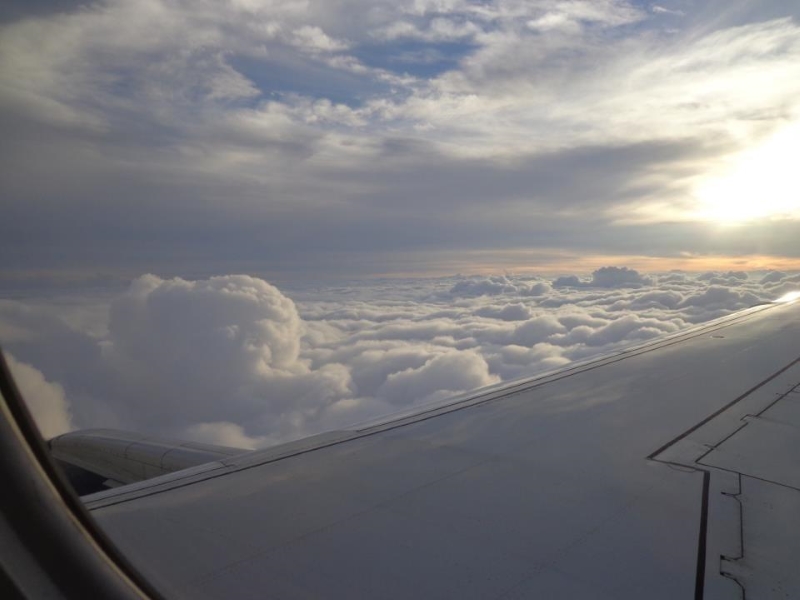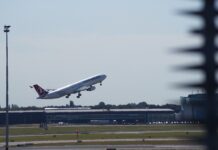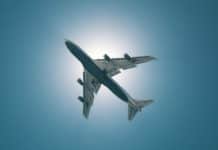 One man died and dozens of others were injured on May 21 when a Singapore Airlines jet hit severe turbulence, dropping 178 feet in less than a second. Experts say it’s the kind of incident that could become more common as climate change and global warming accelerate.
One man died and dozens of others were injured on May 21 when a Singapore Airlines jet hit severe turbulence, dropping 178 feet in less than a second. Experts say it’s the kind of incident that could become more common as climate change and global warming accelerate.
“Turbulence fatalities on commercial flights are fortunately very rare,” Paul Williams, professor of atmospheric science at the University of Reading in the U.K., said in a statement responding to the Singapore Airlines incident. “Turbulence on flights can be caused by storms, mountains, and strong air currents called jet streams. In this last case, it is called clear-air turbulence, and it can be difficult to avoid because it doesn’t show up on the weather radar in the flight deck.”
Williams said that a turbulence-related death aboard an airline had not occurred since at least 1989, but the risk of such incidents is rising.
Link Between Climate Change and Turbulence
“We now have strong evidence that turbulence is increasing because of climate change,” he said, citing a 2023 study published in the journal Geophysical Research Letters. “We recently discovered that severe clear-air turbulence in the North Atlantic has increased by 55 percent since 1979. Our latest future projections indicate a doubling or trebling of severe turbulence in the jet streams in the coming decades, if the climate continues to change as we expect.”
In a recent appearance on CBS News’ Face the Nation, U.S. Transportation Secretary Pete Buttigieg said that “the effects of climate change are already upon us in terms of our transportation”—comments that prompted criticism from some Republican lawmakers and think tanks.
“One reason that more turbulence is recorded is that there are more flights,” Diana Furchtgott-Roth, the director of the Heritage Foundation Center for Energy, Climate and the Environment, told Fox News. Furchtgott-Roth, whose expertise is in economics, not climatology or atmospheric science, also said social media and in-flight wifi was partly to blame because it allowed passengers to immediately report on problems.
Buttigieg noted that protocols are already in place for how pilots should respond when they encounter turbulence. “But I do think we need to continually reevaluate that in the face of the reality that these things are more frequent and more severe than before,” he said.
“To be clear, something [as extreme as the Singapore Airlines incident] is very rare,” continued Buttigieg. “But turbulence can happen and sometimes it can happen unexpectedly. That’s one of the reasons why, you may notice compared to years ago, more often you’ll hear the captain or the flight attendants ask you to keep your seatbelt on even if the light isn’t saying that you’re required to keep your seatbelt on. And again, this is something that has to continually evolve. Our climate is evolving. Our policies and our technology and our infrastructure have to evolve accordingly, too. This is all about making sure that we stay ahead of the curve, keeping aviation as safe as it is.”
This story first appeared at Prevue’s sister site, recommend.com.
You Might Also Be Interested In…
These Three Airports Have the Longest Flight Delays, Study Finds
American Airlines Flight Attendants Picket, Prepare to Strike










